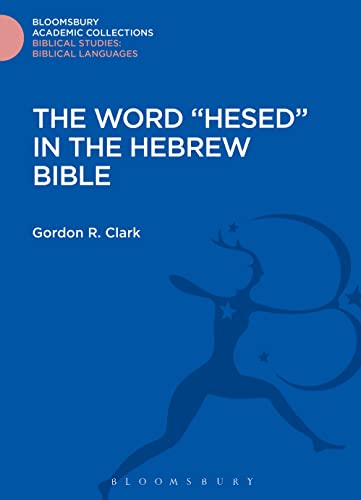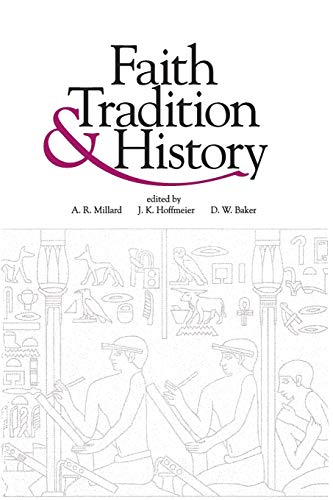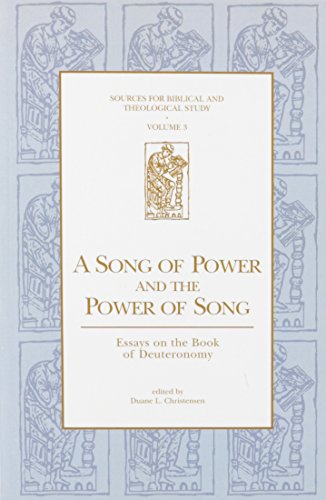Modern Catholicism: Vatican II and After
Written by Adrian Hastings (ed.) Reviewed By Tony LaneThose wishing better to understand the Roman Catholic Church will not turn away disappointed from this volume. As the title suggests, the focus of the book lies with the Second Vatican Council. The longest chapter, of over 100 pages, surveys the documents produced by the Council. There is discussion not just of the contents but of the history behind each document and also, interestingly, the history of its implementation (or otherwise). Most of the rest of the book is also focused on the Council, with two more long chapters on ‘Aspects of Church Life Since the Council’ and ‘The Effect of the Council on World Catholicism’. While the three chapters mentioned are each 70 or more pages long, they are divided into a large number of shorter sections, each with their individual authors. If the sections were counted as chapters, there would be 62 in all. Thus the book consists of a large number of brief and generally readable sections, lending itself well to being dipped into or used as a reference volume.
There are no less than 40 individual authors, a number of these being well-known figures like Peter Hebblethwaite, Rosemary Radford Ruether and the editor. The range of authors and the contents of the book represent worldwide Catholicism, but with a particular emphasis on the English-speaking West—which is presumably where the great majority of its readers will be found. The authors come from a wide range of countries, but 80 per cent of them are English-speaking Westerners. A similar perspective is seen in the sections on World Catholicism. There are individual sections on Africa (written by an African resident in the UK), Latin America, India and Sri Lanka and The Philippines. But Great Britain & Ireland and Australia & New Zealand also each receive individual sections, which are among the longest. This allocation is generous, given that North America, Eastern Europe and Western Europe each receive only one section.
More serious than the weight given to different regions is the ideological perspective of tire picture presented. Once upon a time the Roman Catholic Church appeared to be a monolithic structure which claimed never to change. As the book itself chronicles, the Second Vatican Council changed all that and itself became the object of rival and conflicting interpretations. These are succinctly described in the first chapter. Some wanted to pull back from what the Council had achieved, others wanted to stay put and consolidate, yet others wanted to press on further. There is little doubt which group most of the authors fall into. Throughout the book the word ‘conservative’ (whether politically, theologically or ethically) is a ‘boo word’.
The picture presented in this volume is erudite, scholarly and well informed. But it is in the main a picture of the Roman Catholic Church viewed from a Western and liberal perspective. Many illustrations could be given, but one will suffice. In the chapter on the present pope a Polish writer is cited for the ‘surprising (for foreigners) point that after more than ten years away from home, Pope John Paul has become less Polish and much more “western” in his thinking’. The author goes on to concede this, but then adds that ‘John Paul still has a long way to go’ (p. 455). What is implicit throughout most of the volume, here becomes explicit—trends within the Roman Catholic Church today are being assessed from a modern Western liberal perspective.
Throughout the book there is an underlying enthusiasm for Vatican II and the reforms that followed it. There is no shortage of criticism of the Roman Catholic Church and its leaders, but this is almost without exception criticism of them for being too ‘conservative’, too timid in embracing reform. Yet there is a surprising failure to ask critical questions about the process of reform itself. A rare (apparent?) exception is found in the following sentence: ‘It is an apparent paradox in Australasian Catholic life that Vatican II was initially received with euphoria, and yet was followed by what seemed to be catastrophic decline—church attendances shrank, as did the proportion of Catholic children attending church schools; fewer were recruited to the priesthood and religious life; and existing members left to an unprecedented degree’ (pp. 334f.). A very brief chapter is devoted to ‘The Conservative Reaction’, but neither there nor elsewhere is this reaction looked upon as other than an obstacle to progress.
Read with an awareness of its slant, this is a valuable resource for an understanding of modern Catholicism. I spotted only three minor errors and at £20 for a large hardback it is excellent value.
Tony Lane
London School of Theology







